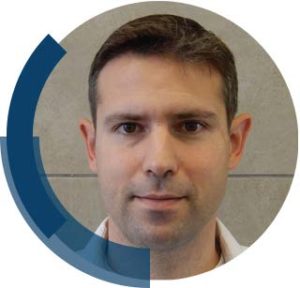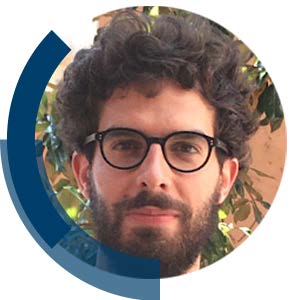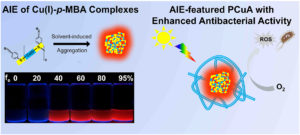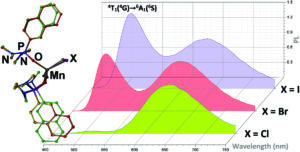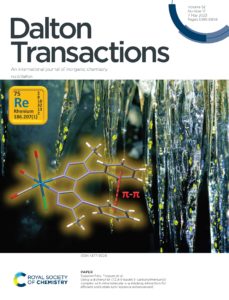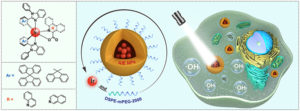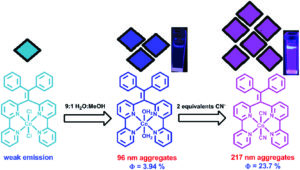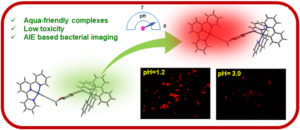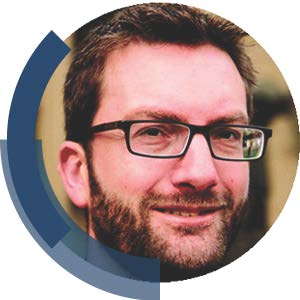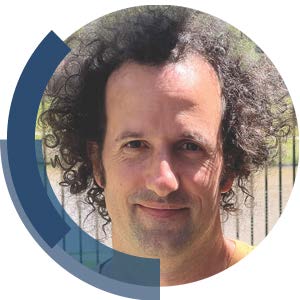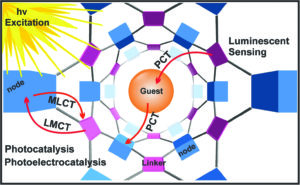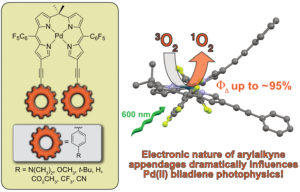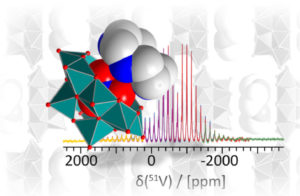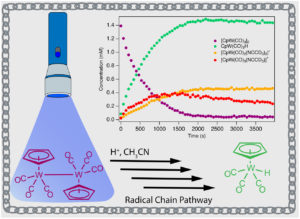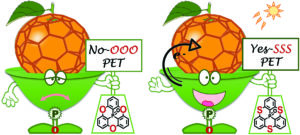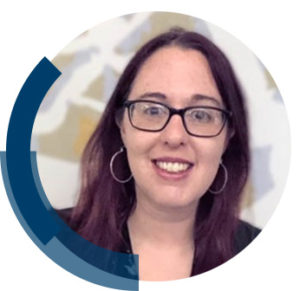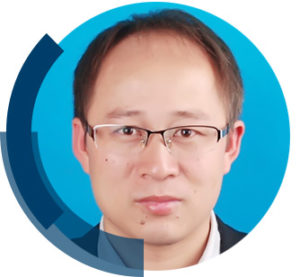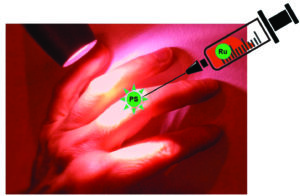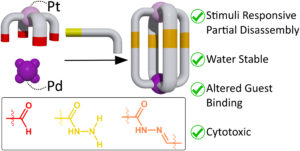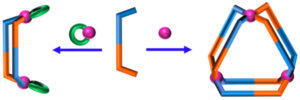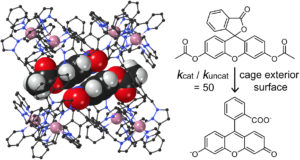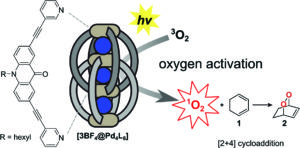 |
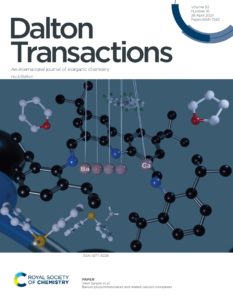 |
Effect of f-element complexation on the radiolysis of 2-ethylhexylphosphonic acid mono-2-ethylhexyl ester (HEH[EHP])Stephen P. Mezyk*, Makayla Baxter, Cristian Celis-Barros, Travis S. Grimes, Peter R. Zalupski, Cathy Rae, Christopher A. Zarzana, Andrew R. Cook and Gregory P. Horne* Dalton Trans., 2024, 53, 6881-6891 |
Barium phosphidoboranes and related calcium complexes (Open Access)Gabriel Duneş, Peter M. Chapple, Samia Kahlal, Thierry Roisnel, Jean-François Carpentier, Jean-Yves Saillard* and Yann Sarazin* Dalton Trans., 2024, 53, 6892-6905 |
 |
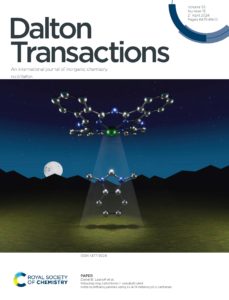 |
Analyses of the electronic structures of FeFe-cofactors compared with those of FeMo- and FeV-cofactors and their P-clusters (Open Access)Zhen-Lang Xie, Wan-Ting Jin and Zhao-Hui Zhou Dalton Trans., 2024, 53, 6529-6536 |
Inducing ring distortions in unsubstituted metallophthalocyanines using axial N-heterocyclic carbenesSteven R. Kidd, Wen Zhou, Jeffrey J. Warren* and Daniel B. Leznoff* Dalton Trans., 2024, 53, 6537-6546 |
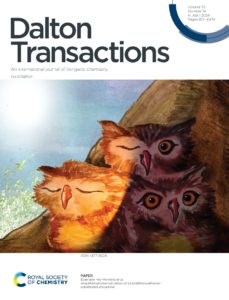 |
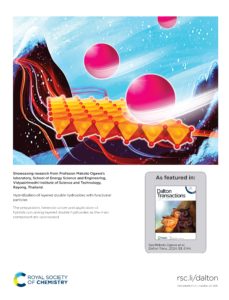 |
Amplified photomodulation of a bis(dithienylethene)-substituted phosphine (Open Access)Anastasiia Sherstiuk, Marc Villabona, Agustí Lledós, Jordi Hernando*, Rosa María Sebastián and Evamarie Hey-Hawkins* Dalton Trans., 2024, 53, 6190-6199 |
Hybridization of layered double hydroxides with functional particlesRattanawadee Ploy Wijitwongwan, Soontaree Grace Intasa-ard and Makoto Ogawa* Dalton Trans., 2024, 53, 6144-6156 |
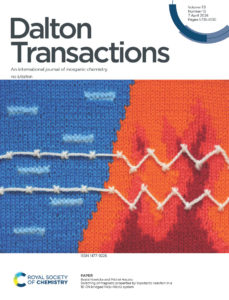 |
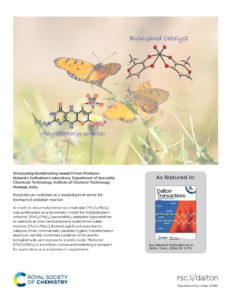 |
Switching of magnetic properties by topotactic reaction in a 1D CN-bridged Ni(ii)–Nb(iv) system (Open Access)Michał Heczko and Beata Nowicka* Dalton Trans., 2024, 53, 5788-5795 |
Molybdenum-maltolate as a molybdopterin mimic for bioinspired oxidation reactionSwapnil S. Pawar, Rohit N. Ketkar, Pranav B. Gaware, Kaustubh U. Jagushte, Divyani Dhawne, Shreyada N. Save, Shilpy Sharma, Ganga Periyasamy, Niyamat Chimthanawala, Sadhana Sathaye, Shreerang V. Joshi and Nabanita Sadhukhan* Dalton Trans., 2024, 53, 5770-5774 |
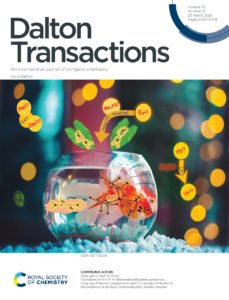 |
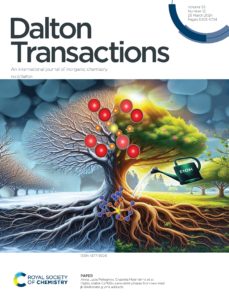 |
Formation of N,N,N′,N′-tetramethylethylene diamine via coupling of the two charge reversed C–N bonds of Me3NO in the presence of an Eu(ii) bis(trimethylsilyl)amide complexYangjuan Li and Yu Gong* Dalton Trans., 2024, 53, 5342-5345 |
Highly stable CsPbBr3 perovskite phases from new lead β-diketonate glyme adducts (Open Access)Lorenzo Sirna, Anna Lucia Pellegrino*, Salvatore Pio Sciacca, Martina Lippi, Patrizia Rossi, Carmela Bonaccorso, Giuseppe Bengasi, Marina Foti and Graziella Malandrino* Dalton Trans., 2024, 53, 5360-5372 |
|
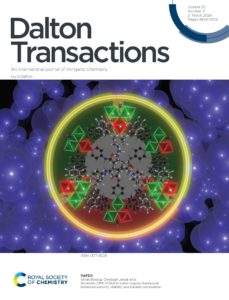 |
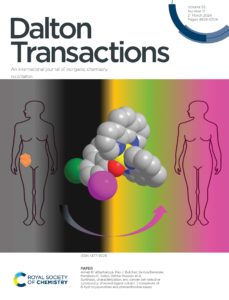 |
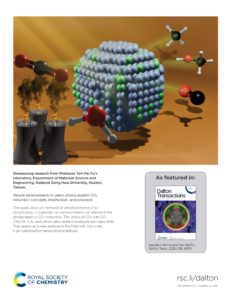 |
Bimetallic CPM-37(Ni,Fe) metal–organic framework: enhanced porosity, stability and tunable composition (Open Access)Soheil Abdpour, Marcus N. A. Fetzer, Robert Oestreich, Thi Hai Yen Beglau, István Boldog* and Christoph Janiak* Dalton Trans., 2024, 53, 4937-4951 |
Synthesis, characterization, and cancer cell-selective cytotoxicity of mixed-ligand cobalt(iii) complexes of 8-hydroxyquinolines and phenanthroline basesBanashree Deka, Tukki Sarkar, Arnab Bhattacharyya*, Ray J. Butcher*, Samya Banerjee*, Sasanka Deka, Kandarpa K. Saikia* and Akhtar Hussain* Dalton Trans., 2024, 53, 4952-4961 |
Recent developments in piezo-photocatalytic CO2 reduction: concepts, mechanism, and advancesAtul Verma and Yen-Pei Fu* Dalton Trans., 2024, 53, 4890-4899 |
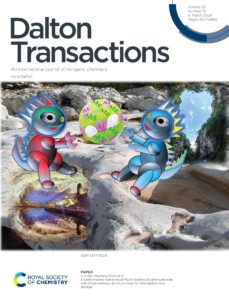 |
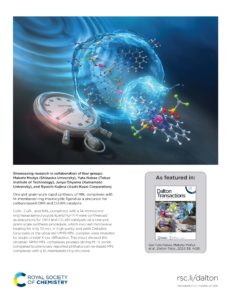 |
| A karst-inspired hierarchical Mg/Al layered double hydroxide with a high entropy-driven process for interception and storage
Hongyu Shi, Jun Qin*, Qing Lv, Lijin Zhang, Qingxin Li, Bin Ou and Xiaolang Chen* Dalton Trans., 2024, 53, 4412-4425 |
One-pot gram-scale rapid synthesis of MN 4 complexes with 14-membered ring macrocyclic ligand as a precursor for carbon-based ORR and CO 2 RR catalysts
Mana Ogawa, Sayaka Usami, Ryo Takahama, Kazuko Iwamoto, Tomomi Nabeta, Shin Kawashima, Ryoichi Kojima, Junya Ohyama, Teruaki Hayakawa, Yuta Nabae* and Makoto Moriya* Dalton Trans., 2024, 53, 4426-4431 |
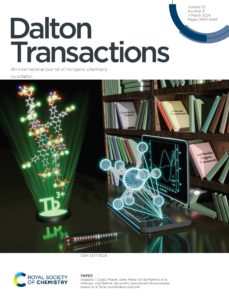 |
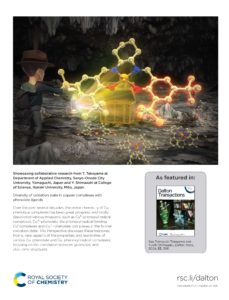 |
Intensity and lifetime ratiometric luminescent thermometer based on a Tb(iii) coordination polymerAugusto Iwashita Costa, Rafaela M. R. da Silva, Luckerman D. G. Botelho, Sergio F. N. Coelho, Fernando A. Sigoli, João Honorato, Javier Ellena, Felipe T. Martins, Angelo M. Gomes, Wallace C. Nunes, Francesc Lloret, Miguel Julve and Maria Vanda Marinho* Dalton Trans., 2024, 53, 3994-4004 |
Diversity of oxidation state in copper complexes with phenolate ligandsTomoyuki Takeyama* and Yuichi Shimazaki* Dalton Trans., 2024, 53, 3911-3929 |
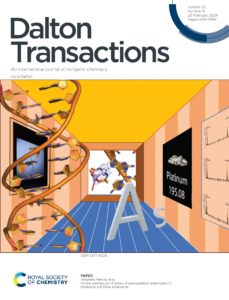 |
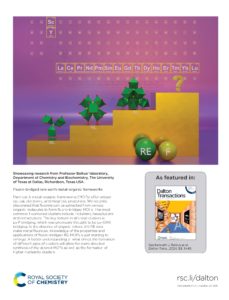 |
On the mechanism of action of arsenoplatins: arsenoplatin-1 binding to a B-DNA dodecamer (Open Access)Romualdo Troisi, Gabriella Tito, Giarita Ferraro, Filomena Sica, Lara Massai, Andrea Geri, Damiano Cirri, Luigi Messori and Antonello Merlino* Dalton Trans., 2024, 53, 3476-3483 |
Fluoro-bridged rare-earth metal–organic frameworksMuhammad Abbas, Simin Sheybani, Marie L. Mortensen and Kenneth J. Balkus, Jr.* Dalton Trans., 2024, 53, 3445-3453 |
 |
Diphosphene with a phosphineborane tether and its rhodium complex (Open Access)Akihiro Tsurusaki*, Shingo Takechi and Ken Kamikawa* Dalton Trans., 2024, 53, 2929-2936 |
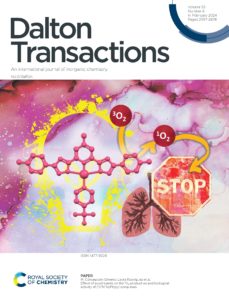 |
Effect of substituents on the 1O2 production and biological activity of (N^N^N)Pt(py) complexes (Open Access)Guillermo Romo-Islas, María Gil-Moles, Arnav Saxena, Antonio Frontera, M. Concepción Gimeno* and Laura Rodríguez* Dalton Trans., 2024, 53, 2475-2486 |
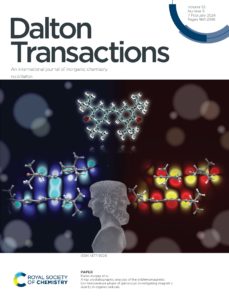 |
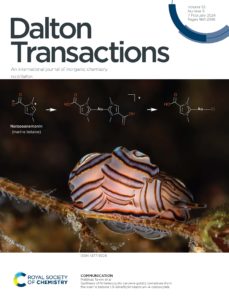 |
X-ray crystallographic analysis of the antiferromagnetic low-temperature phase of galvinoxyl: investigating magnetic duality in organic radicalsRie Suizu, Yoshiaki Shuku, Vincent Robert, Pablo Roseiro, Nadia Ben Amor, Zain Khawar, Neil Robertson and Kunio Awaga* Dalton Trans., 2024, 53, 1961-1965 |
Synthesis of N-heterocyclic carbene gold(i) complexes from the marine betaine 1,3-dimethylimidazolium-4-carboxylate (Open Access)Seyedeh Mahbobeh Mahdavi, Dirk Bockfeld, Rolf Büssing, Bianka Karge, Thomas Bannenberg, René Frank, Mark Brönstrup, Ingo Ott and Matthias Tamm* Dalton Trans., 2024, 53, 1942-1946 |
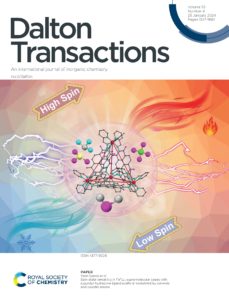 |
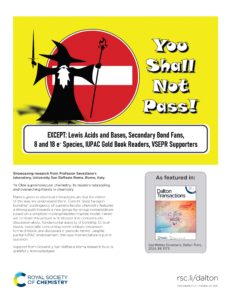 |
Spin-state versatility in Fe II4L6 supramolecular cages with a pyridyl-hydrazone ligand scaffold modulated by solvents and counter anionsWeiyang Li, Xiaochun Li, Koen Robeyns, Mariusz Wolff, Joseph Kfoury, Julianna Oláh, Radovan Herchel, Serhiy Demeshko, Franc Meyer and Yann Garcia* Dalton Trans., 2024, 53, 1449-1459 |
Ye Olde supramolecular chemistry, its modern rebranding and overarching trends in chemistryMatteo Savastano Dalton Trans., 2024, 53, 1373-1392 |
 |
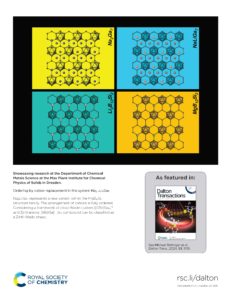 |
Reduction-induced hapticity increase in a silacycle-bridged biaryl-based ligand coordinated to an iron centerYuto Suga and Yusuke Sunada* Dalton Trans., 2024, 53, 862-865 |
Ordering by cation replacement in the system Na2−xLixGa7 (Open Access)Chia-Chi Yu, Yurii Prots, Alim Ormeci, Mitja Krnel, Marcus Schmidt, Lev Akselrud, Frank R. Wagner, Yuri Grin and Michael Baitinger* Dalton Trans., 2024, 53, 908-916 |
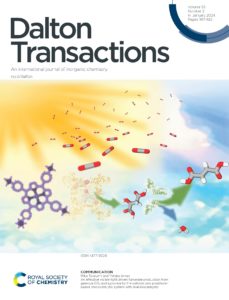 |
 |
An effective visible-light driven fumarate production from gaseous CO2 and pyruvate by the cationic zinc porphyrin-based photocatalytic system with dual biocatalysts (Open Access)Mika Takeuchi and Yutaka Amao* Dalton Trans., 2024, 53, 418-422 |
Fluorescence sensing and device fabrication with luminescent metal–organic frameworksDing-Gui Cai, Teng-Fei Zheng*, Sui-Jun Liu* and He-Rui Wen Dalton Trans., 2024, 53, 394-409 |
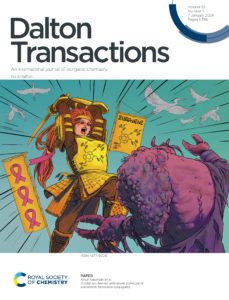 |
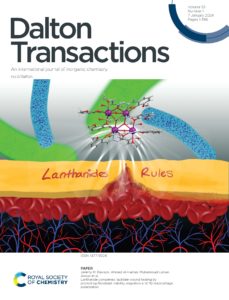 |
Oxidation-derived anticancer potential of sumanene–ferrocene conjugates (Open Access)Artur Kasprzak*, Agnieszka Zuchowska, Pawel Romanczuk, Agata Kowalczyk, Ireneusz P. Grudzinski, Anna Malkowska, Anna M. Nowicka and Hidehiro Sakurai Dalton Trans., 2024, 53, 56-64 |
Lanthanide complexes facilitate wound healing by promoting fibroblast viability, migration and M2 macrophage polarizationWajid Ali, Fatemeh Jamshidi-Adegani, Zahra Mirsanei, Juhaina Al-Kindi, Saeid Vakilian, Mohammed Al-Broumi, Sulaiman Al-Hashmi, Jeremy M. Rawson*, Ahmed Al-Harrasi* and Muhammad Usman Anwar* Dalton Trans., 2024, 53, 65-73 |

















